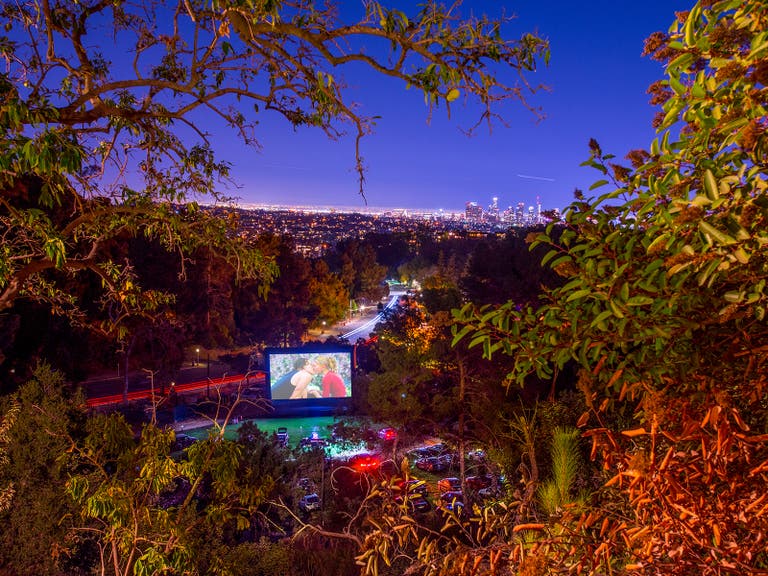Discover LGBTQ+ History in Los Angeles
Explore LA while learning about the city's LGBTQ+ history
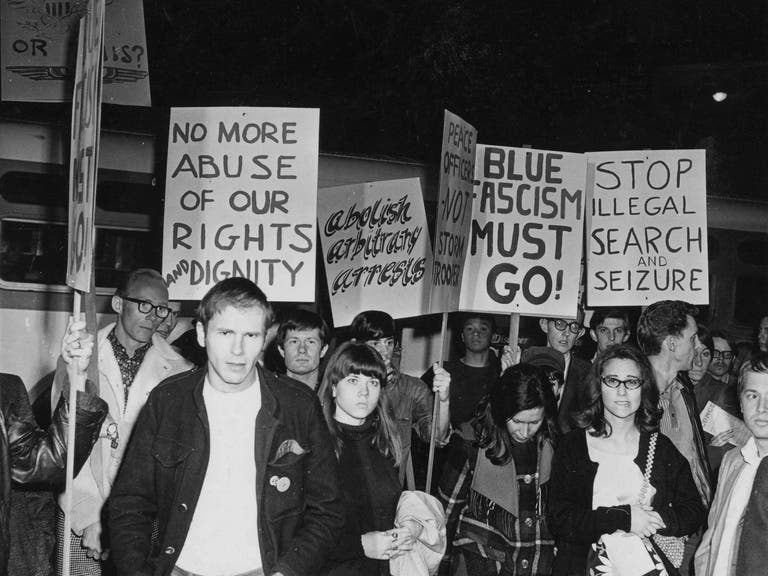
Los Angeles has a long history of acceptance and groundbreaking advancements in the LGBTQ+ movement, including the world’s first LGBTQ+ parade in 1970. Along with the vibrant and active LGBTQ+ community, the City of Los Angeles celebrates LGBTQ+ Heritage Month every June. Explore Los Angeles through the lens of LA’s pioneering LGBTQ+ history.

The Black Cat
The Black Cat in Silver Lake is just what you want in your local bar: it’s warm and inviting, with attentive staff, handsome design, good food and cocktails. But there’s much more to The Black Cat than a bustling neighborhood tavern. The Stonewall Inn in New York is widely regarded as the flashpoint that gave rise to LGBTQ+ pride. However, the original Black Cat was the site of a peaceful demonstration that took place on Feb. 11, 1967 - two and a half years before the 1969 Stonewall riots. A plaque mounted on the exterior of The Black Cat declares it as "the site of the first documented LGBTQ+ civil rights demonstration in the nation." In 2008, the City of Los Angeles recognized The Black Cat as Historic Cultural Monument No. 939.
The demonstration that’s commemorated by the plaque stemmed from police raids that took place on New Year’s Eve 1967 at The Black Cat and other gay bars in the area. One of the organizers and perhaps the last surviving participant of that historic demonstration, Alexei Romanoff was the 2017 LA Pride Grand Marshal.
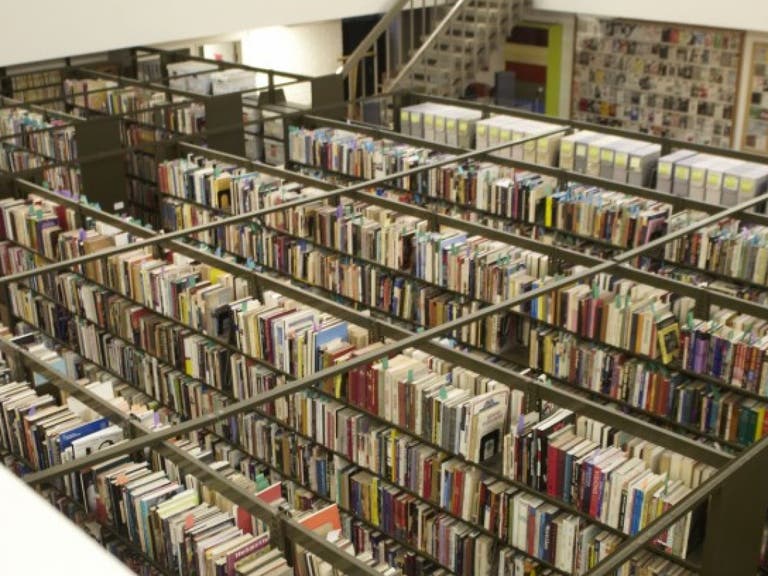
ONE National Gay & Lesbian Archive
Located on the campus of the University of Southern California (USC), the ONE National Gay & Lesbian Archive is the world's largest research library dedicated to honor and archive LGBTQ+ history. The two-story museum serves as a time capsule for historic years of queer culture, and also functions as LA's Downtown gay community center—hosting exhibitions, art shows and cinematic screenings for both the USC student population and Los Angeles at large.
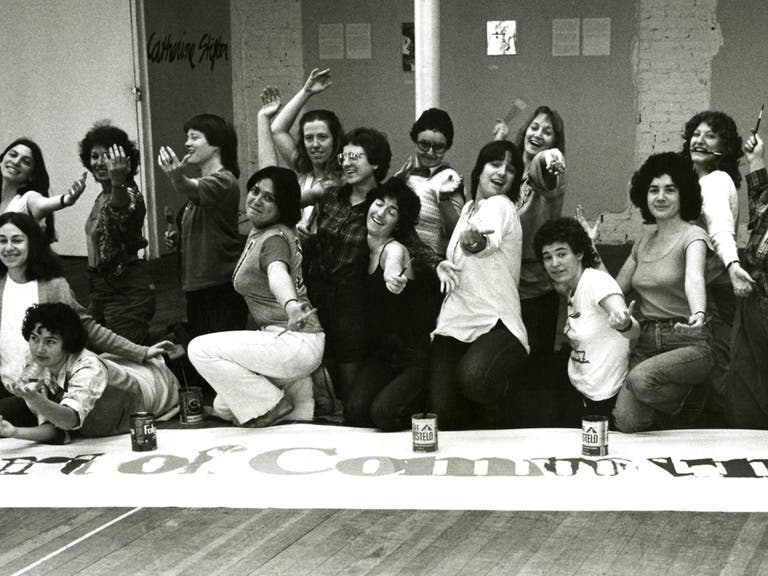
The Woman's Building
Founded in 1973 by artist Judy Chicago, graphic designer Sheila de Bretteville, and art historian Arlene Raven, the Feminist Studio Workshop (FSW) was one of the first independent art schools for women in the country. FSW originally opened in a space near MacArthur Park that they named The Woman's Building, an homage to a building designed by pioneering architect Sophia Hayden at the 1893 World's Columbian Exposition. FSW helped women develop their artistic skills and knowledge outside a traditional educational environment, and organized, sponsored and fostered numerous programs, activities and artist groups. Described by the Los Angeles Conservancy as "a cornerstone in late twentieth century lesbian and feminist culture," the Woman's Building became a "feminist mecca," housing other key organizations like the Sisterhood Bookstore, the Associated Women's Press, local chapters of the National Organization for Women and the Women's Liberation Union, and three galleries: Womanspace Gallery, Gallery 707 and Grandview. In 1975, FSW moved to a warehouse space on Spring Street in Downtown L.A. FSW operated from this building until the center closed in 1991.
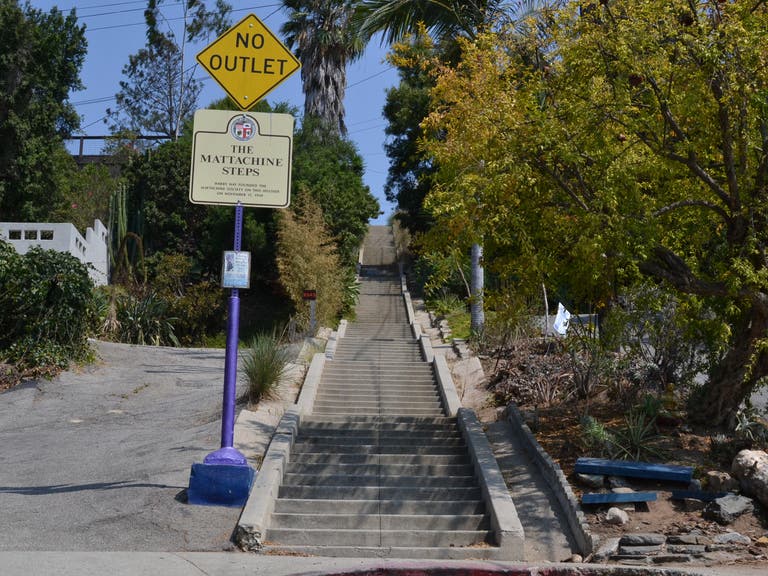
The Mattachine Steps
Officially known as the Mattachine Steps since 2012, at first glance it's a simple section of the Cove Avenue stairway just off of Silver Lake Boulevard. But what it represents is something not to be overlooked. In the summer of 1948, gay activist Harry Hay clandestinely began a group called "Bachelors Anonymous" in a private Silver Lake residence at 2328 Cove Ave. By 1950, the collective of men had become America's first official gay organization, the Mattachine Society. Mattachine was inspirational as a major force in the gay liberation movement - not only in Los Angeles, but throughout the country.
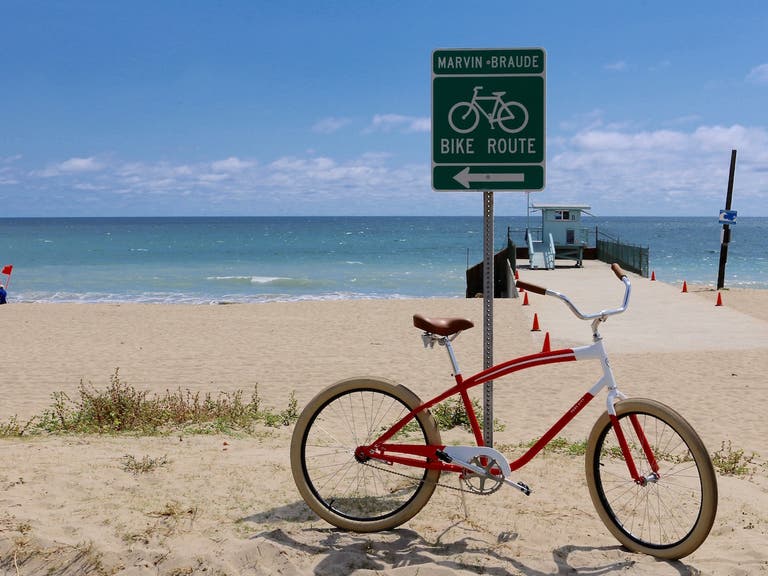
Will Rogers State Beach
It's the unofficial gay beach of Los Angeles, but one visit to Will Rogers State Beach will prove the sandy locale is officially fun in the sun. Playfully known as "Ginger Rogers Beach," Will Rogers welcomes hard bodies to play volleyball and mature men to relax and get a tan - gays of all shapes and sizes have been welcome here since the 1950s. Summer weekdays offer the perfect place for some R&R, and weekends serve up a pumping beachside dance party.
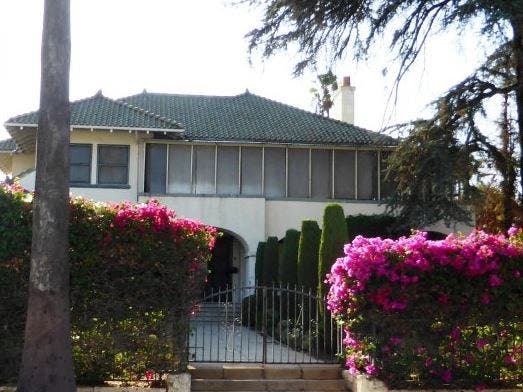
Hattie McDaniel Residence
This Period Revival residence was home to actress Hattie McDaniel beginning in the 1940s.
Born in 1895 to two former slaves in Wichita, Kansas, McDaniel became the first black American to win an Academy Award in 1939. She was honored for her role as Mammy in Gone with the Wind. McDaniel identified as a bisexual woman and was married four times. In 1941, she moved into the Sugar Hill neighborhood of Los Angeles. At that time, Sugar Hill was popular among black celebrities (some notable residents include Joe Louis, Little Richard, Ray Charles, and "Sweet Daddy" Grace). Her house was designed by local architect Lester S. Moore in 1911.
In 1949, white residents filed a lawsuit against McDaniel and other black homeowners in the Sugar Hill neighborhood because their property deeds forbade sale to non-Caucasians. After she was taken to court, a judge ruled in favor of McDaniel and other black homeowners on the grounds of the 14th Amendment. This amendment prohibits depriving individuals of life, freedom, and property without due process of law, and also prohibits the state from curtailing the privileges and protections of citizens. This laid the groundwork for the Fair Housing Act. McDaniel died in 1952 at the age of 57. (LAConservancy.com)
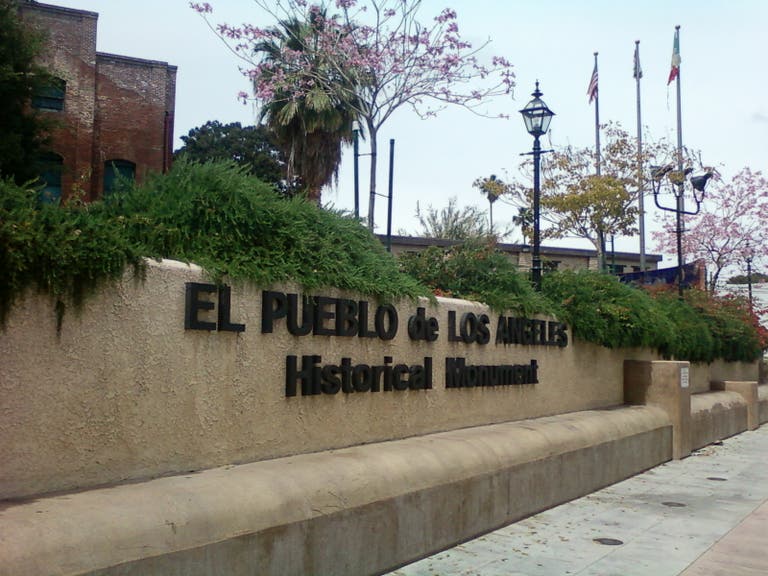
El Pueblo Historical Monument
It’s well known that Los Angeles has a heavy Spanish influence—we were part of Mexico until 1850. But did you know that El Pueblo de Los Angeles was first called Yang Na and that its people were LGBTQ+ friendly? LA’s first tribes that inhabited the area, the Tongva, believed in gay marriages, transgender lifestyles and that homosexuality was determined in utero. The Tongva celebrated homosexuals as “two spirited” people and thought of them more as gifted than as outcasts. In the plaza area, look for the Yang Na plaque on the ground.
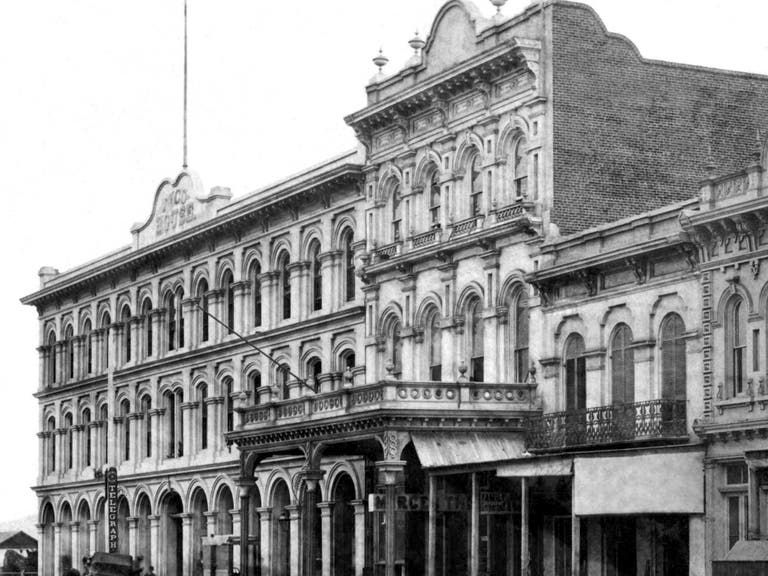
Merced Theatre
Located just south of El Pueblo de Los Angeles monument, the historic Merced Theatre was originally built for family entertainment but had to close in 1877 because of the smallpox virus. When it re-opened near the end of the 19th century, Victorian Sex Clubs were the only organizations that could afford the rent. That's right, the Merced was LA’s first porn theatre. In April 2013, it was announced that the Merced would become the new home of LA CityView 35, the City of Los Angeles public access TV station.
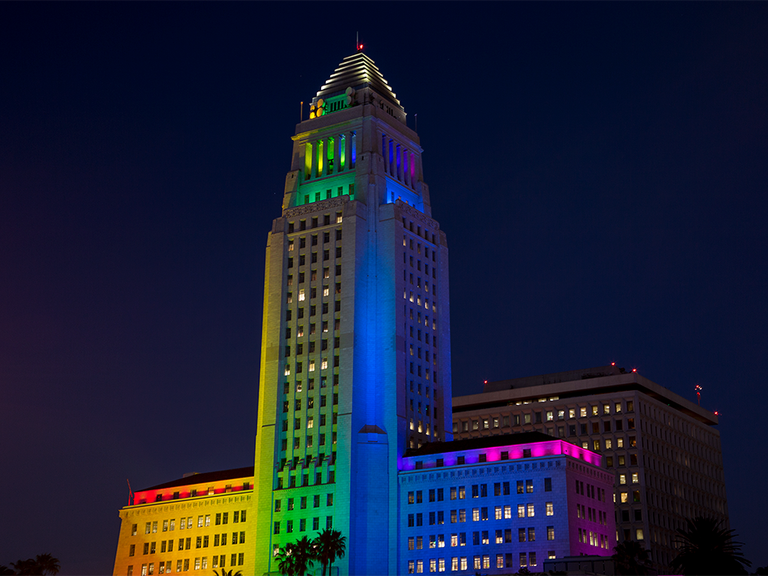
Los Angeles City Hall
In addition to its role as the center of our city’s government and home to the offices of the mayor and City Council, the iconic Los Angeles City Hall also housed the world’s first pro-LGBTQ+ political fundraising outfits. The Municipal Elections Committee of Los Angeles (MECLA) was the first group of checkbook activists to take up space in the building to combat the Briggs Initiative. If you don’t know what that is, watch the acclaimed 2008 movie Milk, starring Sean Penn in an Oscar-winning performance as gay rights activist and politician, Harvey Milk.
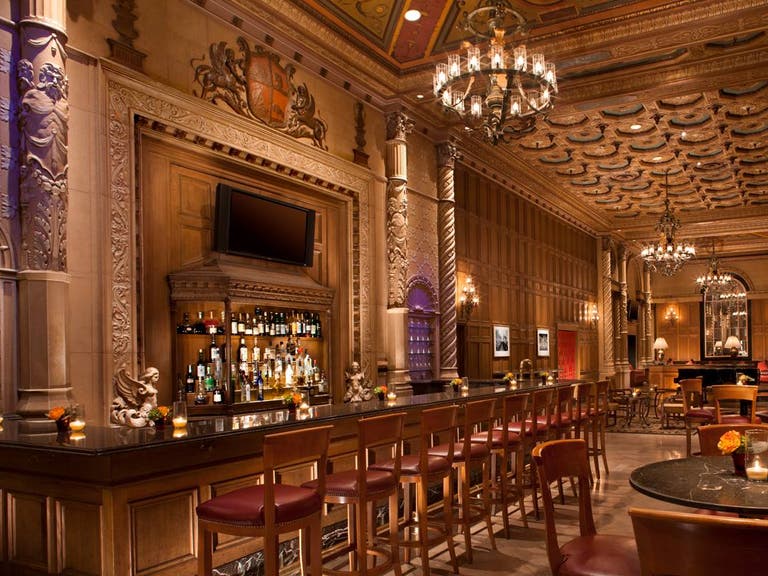
The Biltmore Los Angeles
Opened in 1923, the landmark Millennium Biltmore Hotel hosted a very gay-friendly bar through both World Wars and was the site of an early milestone in gay rights advancement. In 1971, the Biltmore hosted the International Psychologists & Psychiatrists conference, which was going to declare electroshock therapy as the “cure” for homosexuality. The meeting was disrupted by the Gay Liberation Front, which effectively forced one of the first dialogues between mental health professionals and the gay community. Within two years of that incident, “homosexuality” was removed as a mental disorder after decades of stigma and official misclassification.
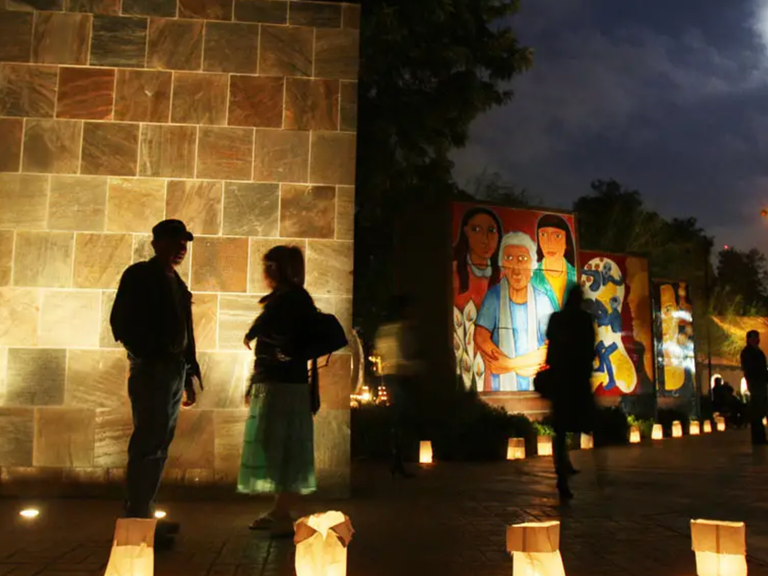
Las Memorias AIDS Monument - Lincoln Park
Founded by Richard L. Zaldivar in December 1993, The Wall-Las Memorias Project serves low-income and hard to reach communities throughout Los Angeles—educating community members on the importance of HIV/AIDS, substance abuse prevention and community building in the LGBTQ+ community. In 2004, Zaldivar realized his vision for a monument to memorialize those lost to AIDS by offering a place of remembrance and healing. Located at Lincoln Park, Las Memorias AIDS Monument is the first publically funded AIDS monument in the country. The 9,000 square-foot monument is composed of a stainless steel archway and eight panels - six of the panels feature murals by Southern California artists, and two granite panels will eventually display the names of 8,000 people lost to AIDS. Each year, new names are added to the panels during a special ceremony, Noche De Las Memorias (A Night of Memories) which takes place on World AIDS Day, Dec. 1.
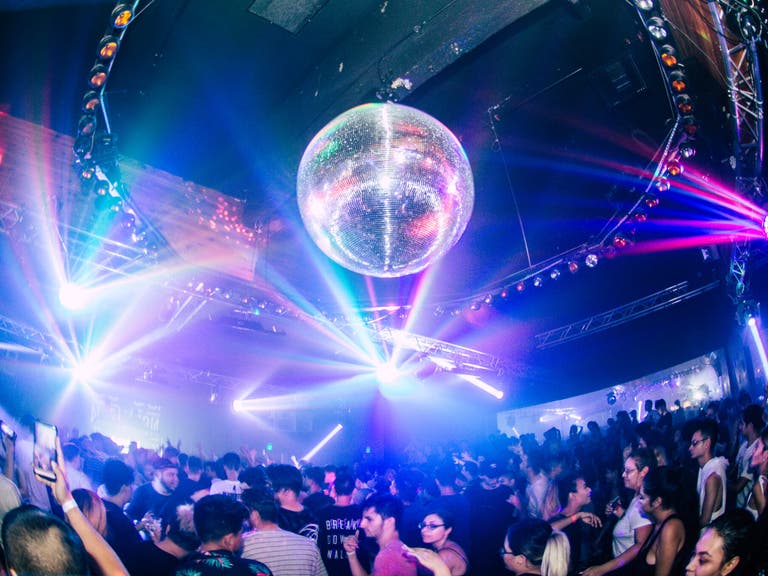
Jewel’s Catch One
Located in Arlington Heights on the border of Koreatown, Catch One was originally known as Jewel’s Catch One, which opened in 1973. Jewel’s was the first exclusively gay and lesbian disco for African-Americans in the country. During her club's 40-year run, owner Jewel-Thais Williams welcomed legends like Rick James, Madonna and the "Queen of Disco," Sylvester. To honor her contributions to the LGBTQ+ community, Thais-Williams was named the Grand Marshal of the 2016 LA PRIDE Parade & Festival in West Hollywood.
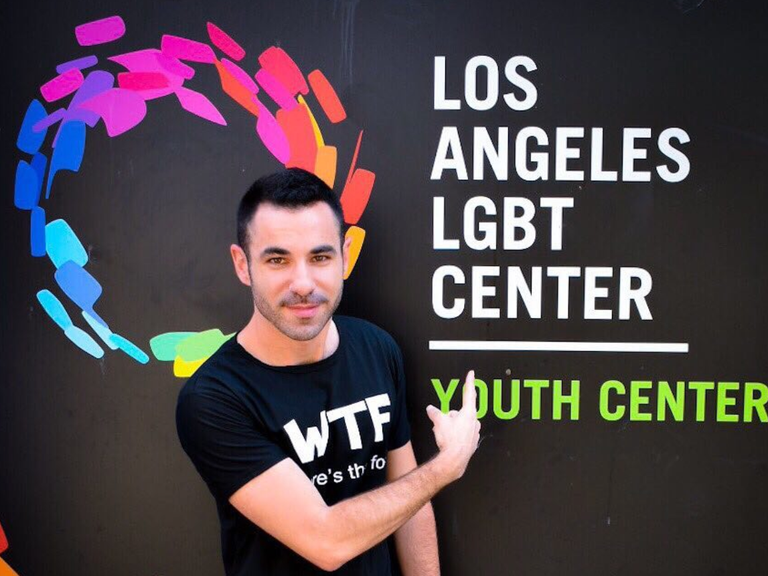
The Village at Ed Gould Plaza
The Village at Ed Gould Plaza is an artistic extension of the Los Angeles LGBT Center, which is celebrating 50 Years of Queer in 2019. The Village is more than a place where gays turn for legal, financial and educational assistance—it's a place where they go to be entertained. Home to the Lily Tomlin/Jane Wagner Cultural Arts Center, The Village includes two theatres and two linked gallery spaces. Exhibits at the gallery are always free to the public, and the award-winning theatre program boasts superstar LGBTQ+ talents and world-premiere plays.
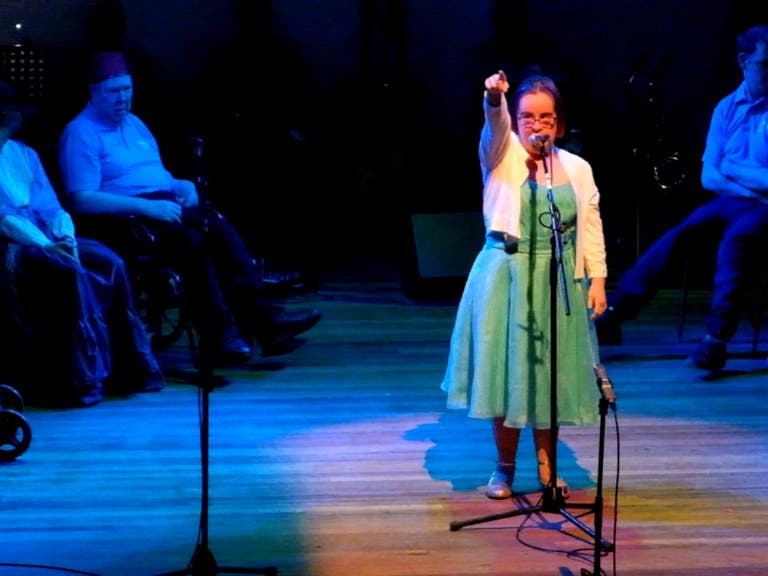
Celebration Theatre
Founded in 1982, the Celebration Theatre is the longest consistently-producing gay and lesbian theatre in the United States. The Celebration was the birthplace of the landmark musical, Naked Boys Singing, and has presented stellar theatrical offerings for more than two and a half decades. In recent years, the Celebration has been decorated multiple times with coveted theatre arts awards. The work here is not only gay, it's five-star!
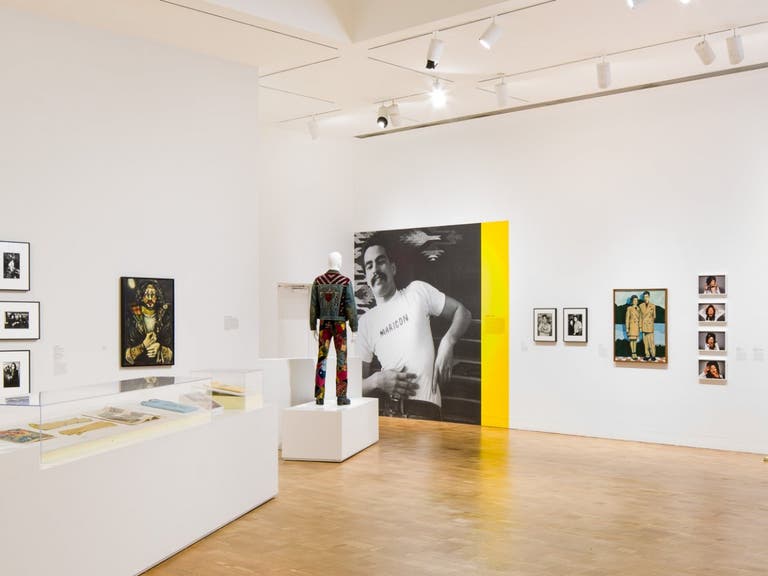
ONE Archives Gallery & Museum
Located in West Hollywood, the ONE Archives Gallery & Museum is the sister location to the ONE Archives at USC and is open to the public, with rotating exhibits that display the more than 2 million historical items owned by ONE.

The Factory - The Robertson
This historic building on Robertson Boulevard in West Hollywood was built in 1929 for the Mitchell Camera Company. Some of the greatest films in history were shot on Mitchell cameras designed and built at this factory, including Citizen Kane, Casablanca and Singin' in the Rain. In 1967, the factory became The Factory, an A-list nightclub with investors like Paul Newman and Peter Lawford of "Rat Pack" fame. The Factory was transformed again in 1974 when it became the legendary gay discotheque, Studio One. Now part of a developer's plan for a 252,000 square-foot mixed use project called Robertson Lane, the building was most recently home to The Robertson Nightclub. The Factory was added to the California Register of Historical Resources and is now eligible for the National Register of Historic Places.
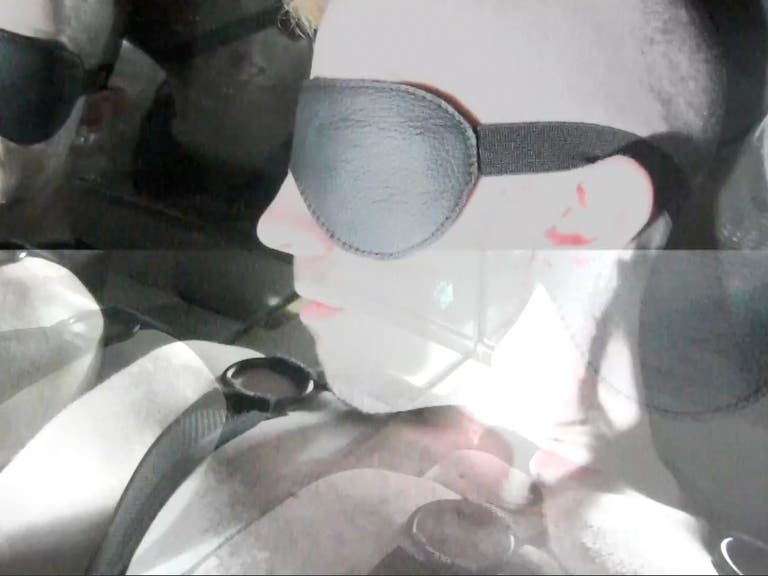
Highways Performance Space
Described as "Southern California’s boldest center for new performance," Highways Performance Space was founded in 1989 and continues to be a leading force in offering a diverse cultural perspective to Southern California residents. Highways continues to be an important alternative cultural center in Los Angeles that encourages radical artists from diverse communities to develop and present innovative new works. The Los Angeles Times has praised Highways as “a hub of experimental theater, dance, solo drama and other multimedia performance.”
